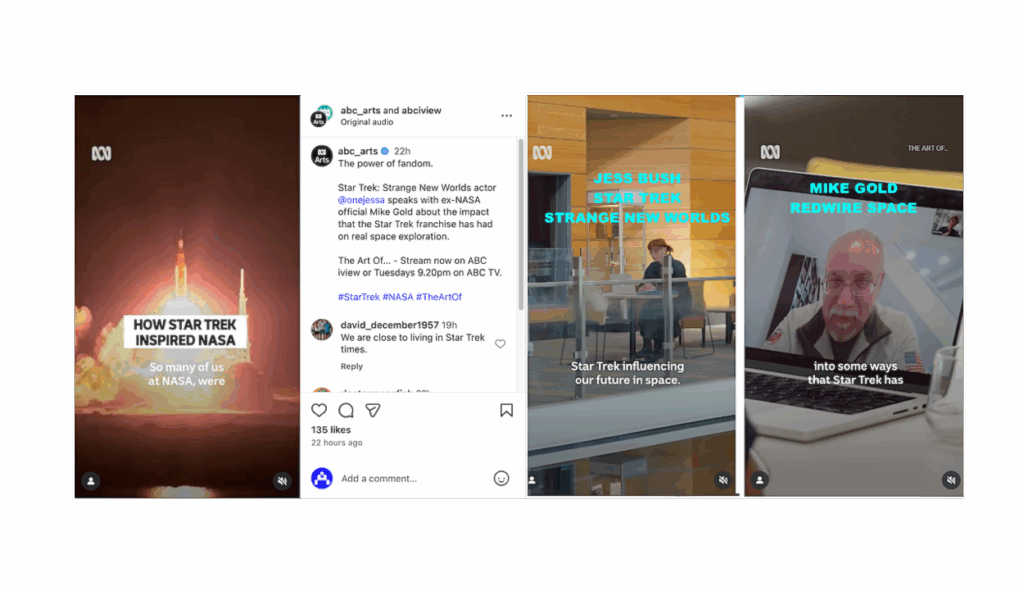NASA OIG: Planned Artemis Launch Dates Are "Highly Unlikely"

Artemis Status Update: NASA OIG
“While NASA had been working for the past decade to return astronauts to the Moon, in March 2019 the White House directed the Agency to accelerate its timetable by approximately 4 years in order to land on the Moon by the end of 2024. Although the new Administration has expressed support of the Artemis program, it has not spoken in any detail about its human exploration plans or its intent to maintain the goal of a 2024 lunar landing. …. Nonetheless, the Agency faces significant challenges that we believe will make its current plan to launch Artemis I in 2021 and ultimately land astronauts on the Moon by the end of 2024 highly unlikely.”
“… At the time of our November 2020 report, the Gateway program faced challenges related to the PPE’s propulsion system development, vehicle weight, and mass levels, as well as defining requirements for the HALO component to avoid schedule delays and cost increases.”
“… In January 2021, the program reported no schedule margin for a January 2024 launch with the PPE component facing the same challenges reported in November 2020. Combined with issues in HALO’s thermal control systems, as of March 2021 the program faces up to 12 months of schedule risk.”
“… As we reported in November 2020, the Agency suggested that an integration on the ground and a co-manifested launch of the PPE and HALO would also result in time savings. However, the requirements changes resulting from co-manifesting the PPE and HALO launches are not certain to result in the Agency’s suggested savings and instead have led to schedule delays.”
“… NASA’s plan was to “downselect” from three contractors to one or two to begin the HLS development phase with award of a development contract in April 2021. According to NASA officials, the wide gulf in funding between what the program requested and what it received in FY 2021 jeopardized the Agency’s plan to select two contractors to build the HLS. At the time, officials expressed concern that selecting a single contractor would result in a lack of redundancy and potenially higher, less sustainable future HLS costs due to a lack of competition. Nevertheless, on April 16, 2021, NASA announced award of a $2.9 billion contract to SpaceX for the HLS. Despite selecting a single contractor, the reduction in funding will likely slow HLS development and extend its schedule. Given the lunar lander’s central role, any development delays could jeopardize NASA’s plans to land astronauts on the Moon in 2024 or the foreseeable future.”
“… Although the new Administration has publicly expressed support for the Artemis missions, it has not weighed in on the Agency’s current plans for a lunar landing by the end of 2024. Nonetheless, achieving any date close to this ambitious goal–and reaching Mars in the 2030s–will require strong, consistent, sustained leadership from the President, Congress, and NASA, as well as stable and timely funding.”









I think it’s pretty likely they’ll try and use the unlikeliness of the 2024 deadline in Congress to see if they can get NASA to renege on the SpaceX contract, and subdivide the funding with the National Team.
I read your comment several times, but I don’t see the connection you are making?
Some members of Congress are unhappy with the sole selection of SpaceX as the Artemis HLS lander. But that decision was implicitly based on a 2024 landing schedule, including the timing of the payments. So what they might try to do is get NASA to abandon the 2024 deadline, and then re-do the HLS award so that it gets split between SpaceX and (probably) the National Team. SpaceX would get less than what they’d be getting between now and 2024, at least.
The decision wasn’t based on 2024, it was based on a realistic assessment of funding from Congress.
I’m saying that’s the rationale members of Congress will use to try and get the funding divided, not NASA’s actual rationale.
But the proposals were written on the basis of a 2024 landing. Someone could say that’s no longer relevant (correct), that the proposals would have been written differently if making a 2024 landing hadn’t been required (also correct), and therefore the selection should be canceled and the whole HLS development contract should be re-competed. I disagree with that conclusion, but someone could and possibly will make that argument.
The issue is more the anemic funding not the date. If you stretch out to 2025 or 2026 cost isn’t going to go up cause you may have more time but you also have to pay staff for another year or two. Given how different the bids seem to be from the source selection extending to 2030 probably would help other than maybe some risk is bought down with low tell issues but cost is going to be more than now by stretching it out that far and would spacex even wait that long?
No, they won’t.
Aside from the fact that Starship is furthest along in development of the three choices, this selection essentially hijacks Congressional control over spaceflight development. NASA can pay SpaceX with current funding, so Congress needs to make themselves useful NOW or risk losing all say in what happens with future Lunar exploration. As NASA pays an already aggressive SpaceX to FURTHER expedite their timeline, they enable SpaceX to simply go to the Moon with or without future Congressional involvement. Maybe not by 2024…but that was a politically motivated target anyway and Commercial Space shouldn’t need to be motivated by it.
NASA’s selection of Starship makes it clear that they know that neither the Dynetics team nor the National Team (aka “Lobby Lander”) will build anything unless Congress puts some money where their mouth is.
You’ve got a devious mind…I like it. Have you considered a career in politics?
Could there be section “Artemis delay watch” that documents the drift from the goal of landing in 2024, and naming the people and reasons, technical, strategic, and political that tracks how this goes, and maybe what the most recent Artemis architecture looks like? I’m afraid, in spite of following it as well as I can, that I have more incomplete picture now of what the stages of an Artemis landing mission as well as I understood as a 9 year-old the first Apollo landing mission in 1964 using my View Master slides. I suspect that I’m not alone.
I don’t think NASA has much of an input to the 2024 date at this point. It is pretty much up to Space X and the progress they make in getting Star Ship ready. Maybe NASA will get a vote as to whether they want to send NASA astronauts?